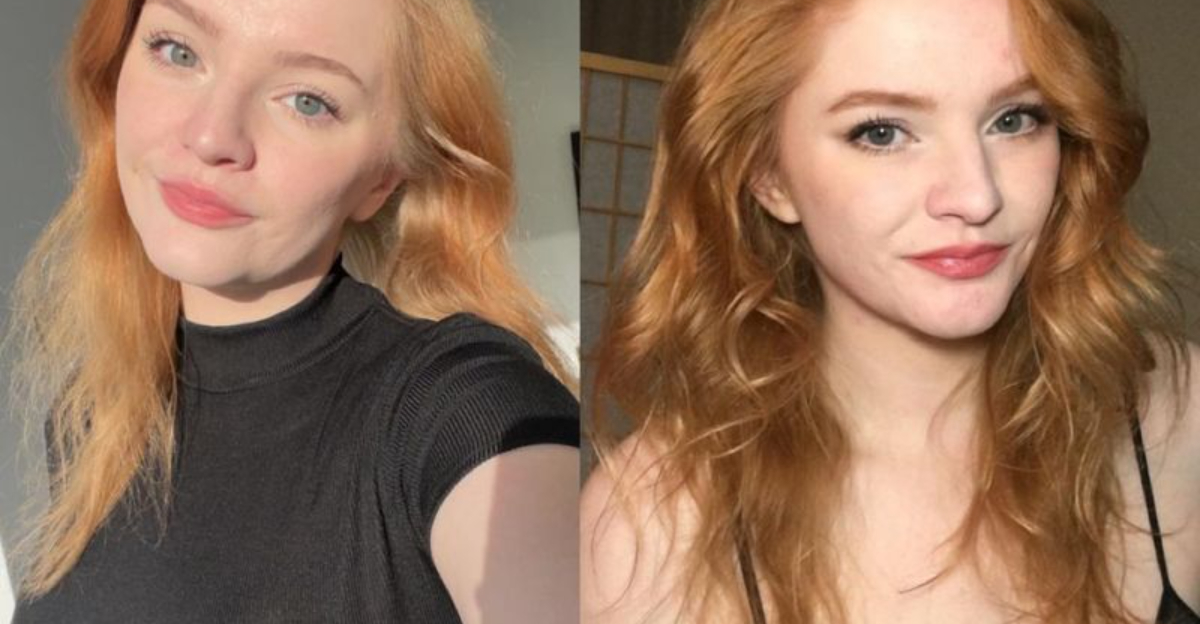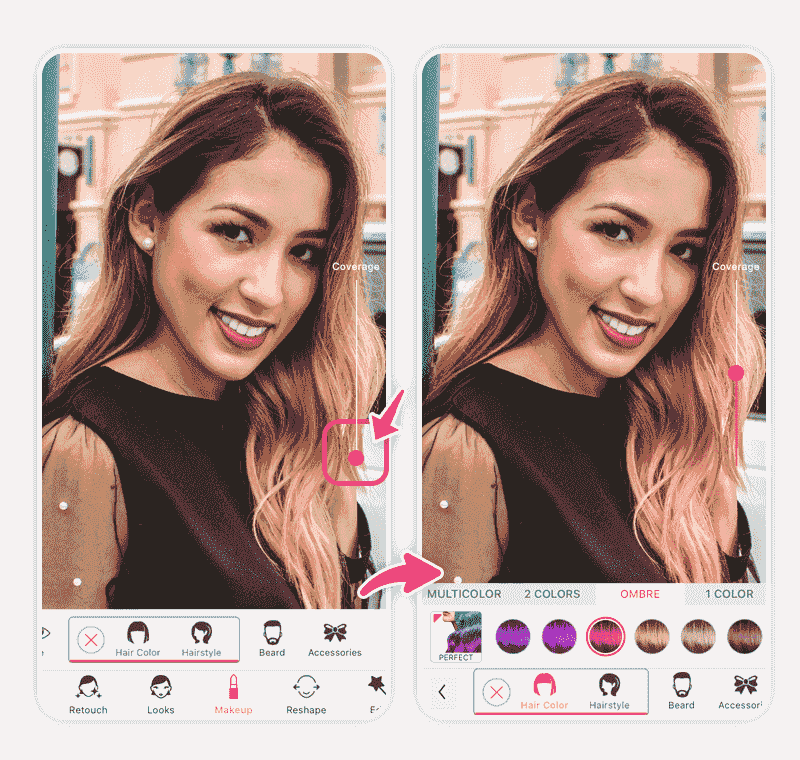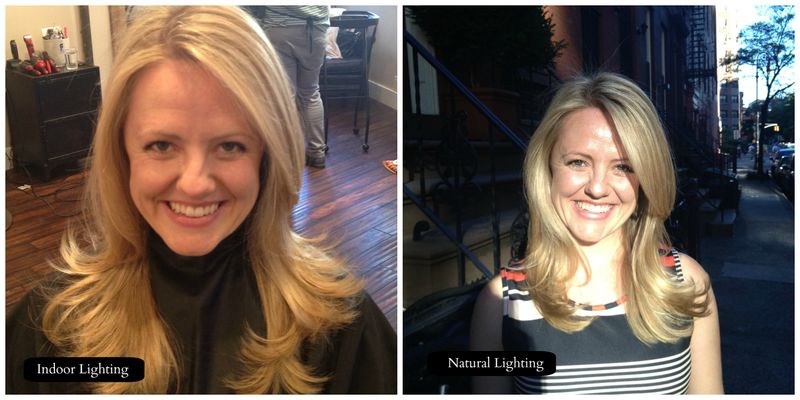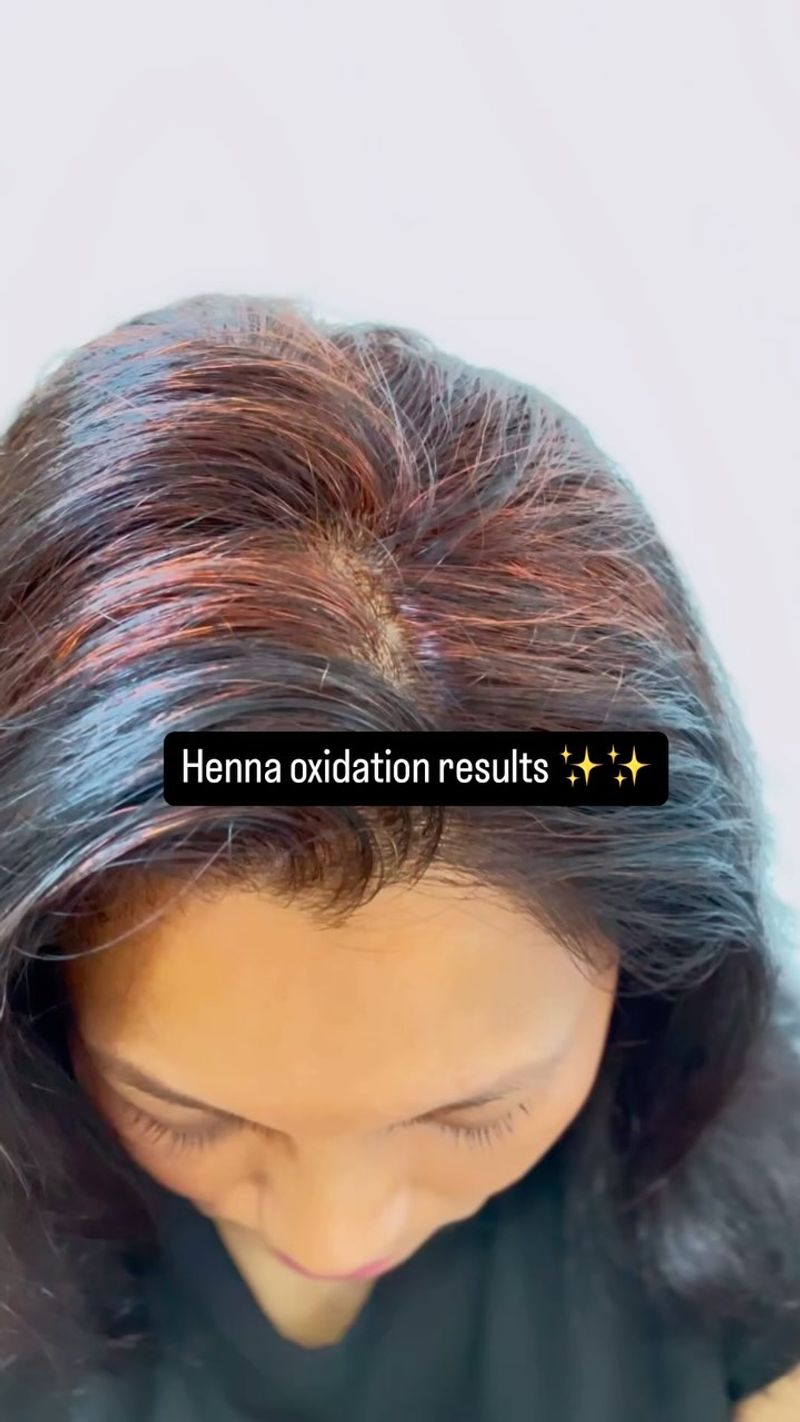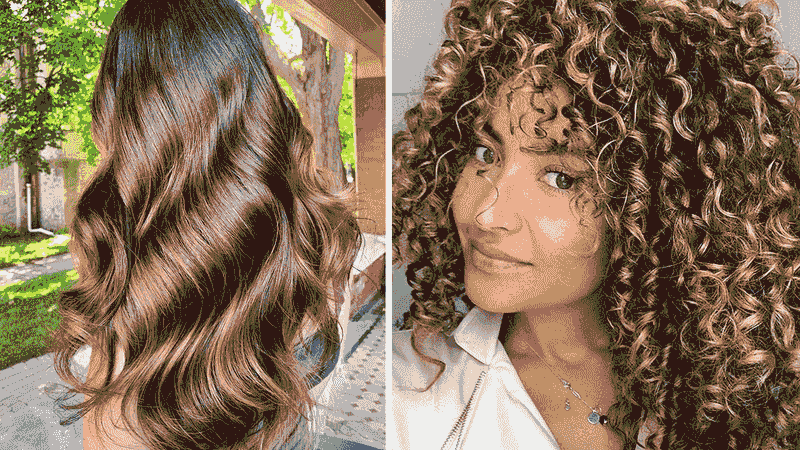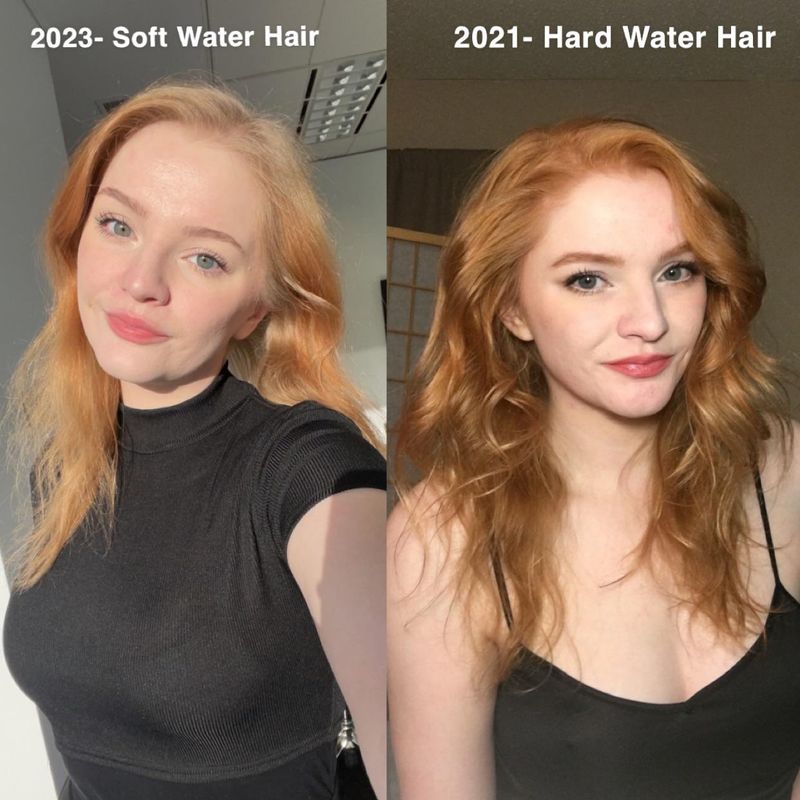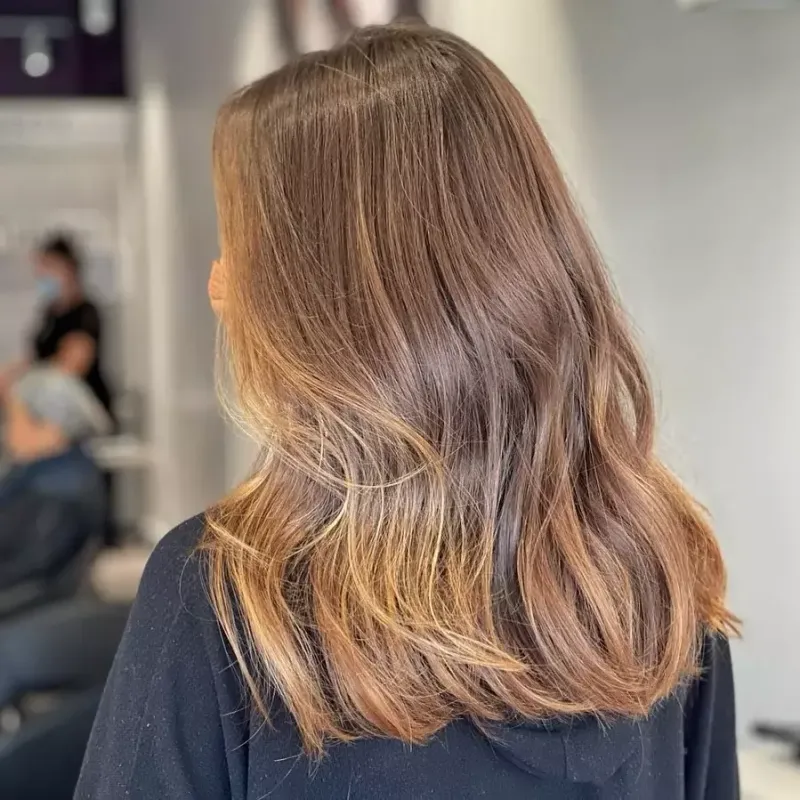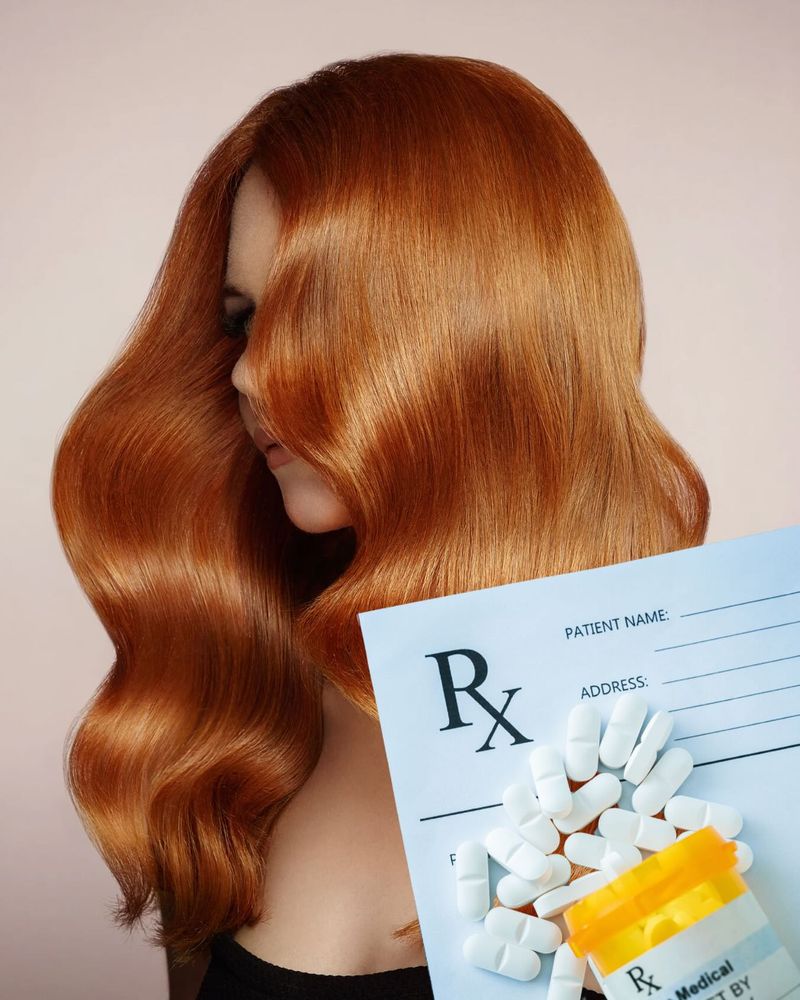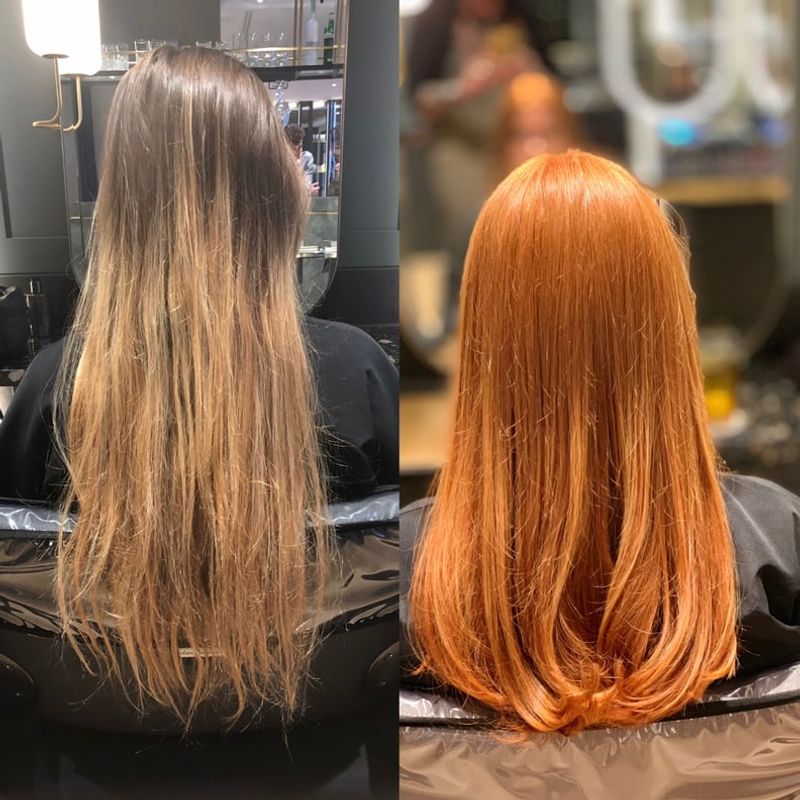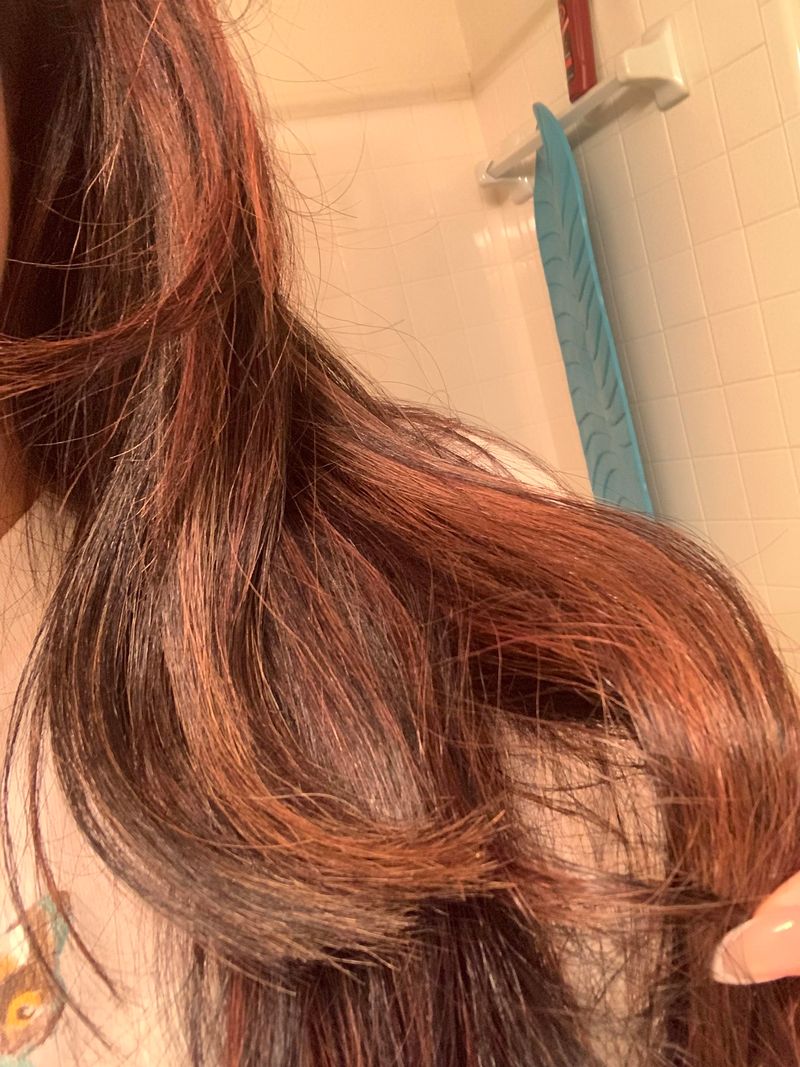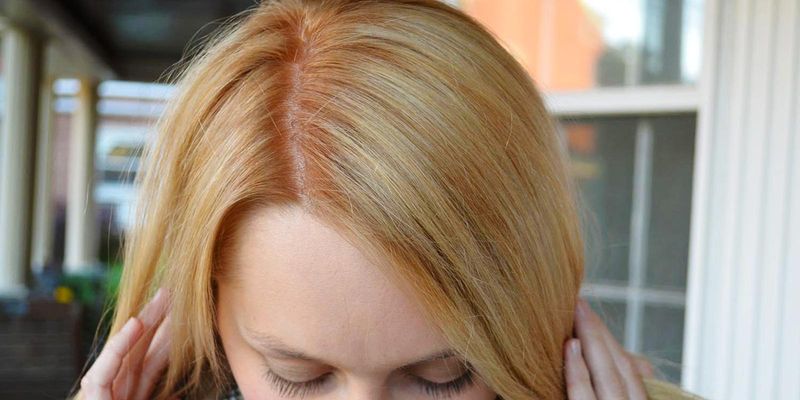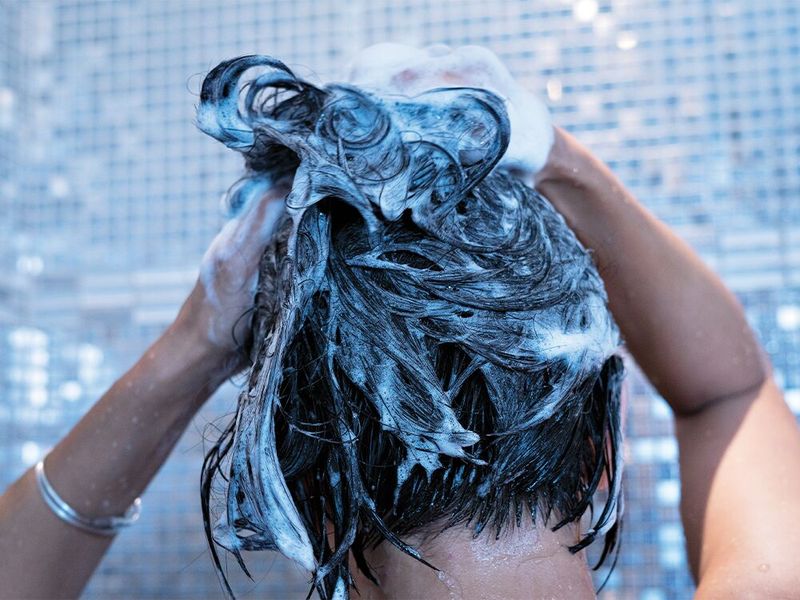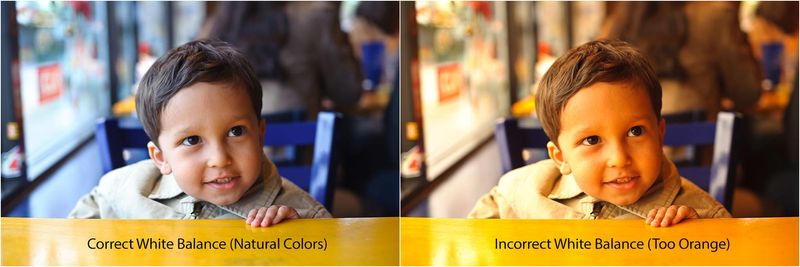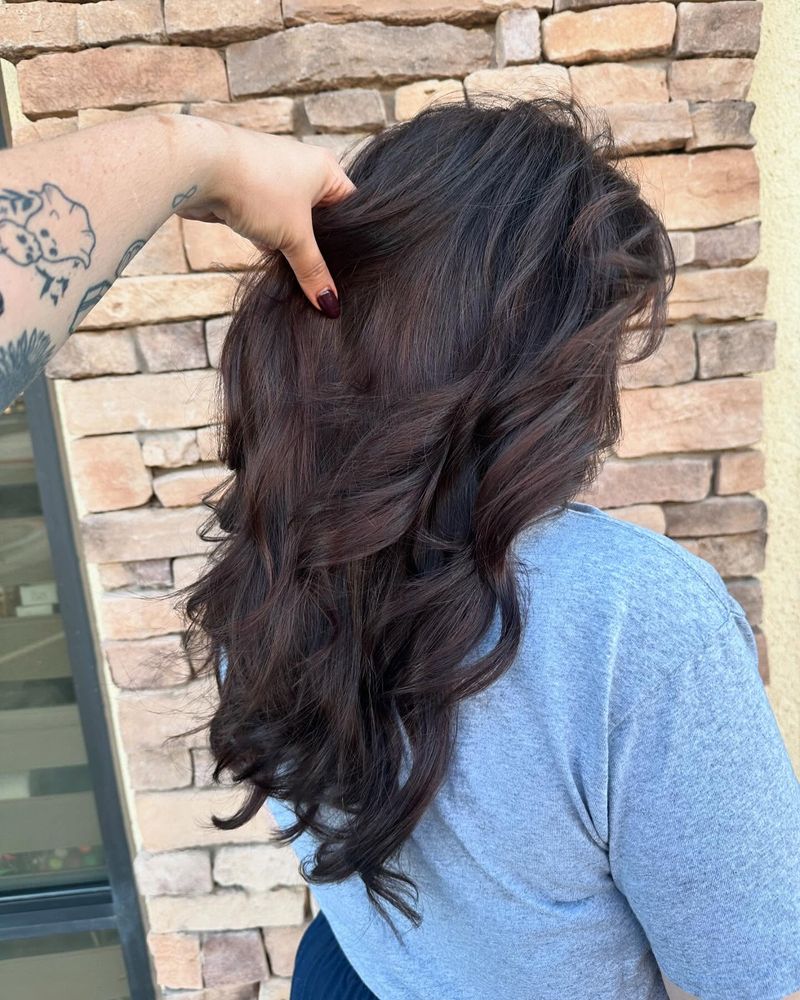Ever wonder why your gorgeous hair color somehow betrays you in photos? That perfect salon shade or home dye job can look completely different when captured on camera.
Understanding why this happens can help you prevent those disappointing photo moments and ensure your hair color shines exactly as intended.
1. Camera Flash Washes You Out
Harsh camera flashes strip away the dimension in your hair color, making it appear flat and lifeless. The intense light overwhelms subtle highlights and lowlights you paid good money for.
Related: -7 Straight-Hair Problems No One Talks About And 8 Easy Fixes That Shine
Next time, try taking photos in natural light instead of relying on flash photography.
2. Phone Filters Change Everything
Those innocent-looking filters aren’t so innocent after all! Many phone cameras automatically apply color correction that can turn your rich auburn into a strange orange or your cool blonde into a yellowish mess.
Check your camera settings and turn off auto-enhance features before snapping.
3. Lighting Makes or Breaks Color
Fluorescent lighting casts a greenish tint while incandescent bulbs add warmth to photos. Your perfect ash blonde might photograph brassy under yellow lights or dull under office fluorescents.
Natural daylight provides the most accurate representation of your true color.
4. Oxidation Changes Your Shade
Fresh color looks vibrant because it hasn’t had time to oxidize yet. As days pass after your coloring session, chemical reactions continue, subtly altering your shade.
That’s why your week-old dye job might photograph differently than when it was fresh.
5. Background Colors Create Contrast
Standing against a blue wall? Your copper highlights might suddenly pop more than usual. Wearing a green shirt? Your red tones might look more intense in photos.
Color theory explains how surrounding hues can enhance or diminish your hair color’s appearance.
6. Hard Water Buildup Dulls Shine
Mineral deposits from hard water create an invisible film on hair strands. This buildup doesn’t just make your color look flat in real life—it’s especially noticeable in photos where shine equals vibrancy.
A clarifying treatment can remove these dulling deposits.
7. Your Screen Settings Lie
That photo might look fine on your phone but terrible on your laptop. Different screens have varying color calibrations and brightness settings.
What looks purple-toned on one device might appear more blue on another, creating confusion about your actual hair color.
8. Medication Affects Hair Pigment
Certain antibiotics, antihistamines, and other medications can temporarily alter how your hair absorbs and holds color. This subtle change might be barely noticeable in person but becomes obvious in photographs.
The camera picks up these slight shifts in tone.
9. Faded Color Looks Different
Remember how vibrant your color was right after dyeing? As color molecules wash away, your true base shade begins showing through. Cameras often exaggerate this fading effect.
What looks like subtle fading in mirrors becomes dramatically noticeable in photos.
10. Sun Exposure Creates Uneven Tones
The sun is a natural but inconsistent lightener. Your outdoor-facing hair strands might be several shades lighter than underneath layers. This uneven effect creates weird color bands in photos that you might not notice day-to-day.
11. Styling Products Leave Residue
Hairsprays, mousses, and serums create invisible films that reflect light differently than clean hair. These products can make your color photograph more brassy or dull than it actually appears in person.
Product buildup changes how light bounces off your strands.
12. Your Shampoo Is Stripping Color
Regular shampoos contain harsh sulfates that gradually strip hair dye with each wash. Your eyes adjust to this subtle daily change, but cameras capture the truth—your color isn’t as vibrant as when you left the salon.
13. White Balance Settings Matter
Photographers know this secret: incorrect white balance settings can ruin hair color in photos. When cameras aren’t properly calibrated for the lighting environment, colors shift dramatically.
That’s why your chocolate brown might suddenly look reddish in certain pictures.
14. Heat Damage Alters Pigment
Excessive styling with hot tools doesn’t just damage your hair—it actually changes how color molecules sit within the hair shaft. This chemical change creates brassy or faded patches that cameras love to highlight.
Heat-damaged sections reflect light differently.
15. Your Natural Undertones Play Tricks
Everyone’s hair has natural undertones—red, yellow, or ash—that peek through dyed color. Cameras tend to exaggerate these undertones, especially in bright light.
That’s why your perfect brunette might suddenly show surprising reddish tints in sunny photos.

